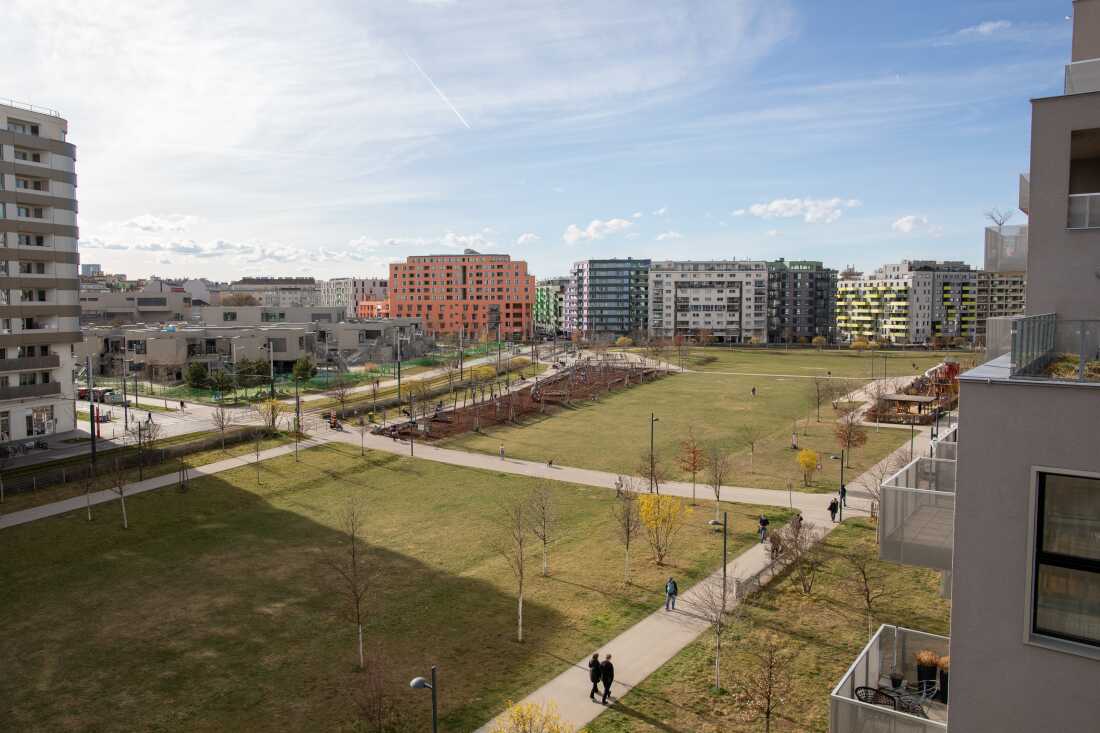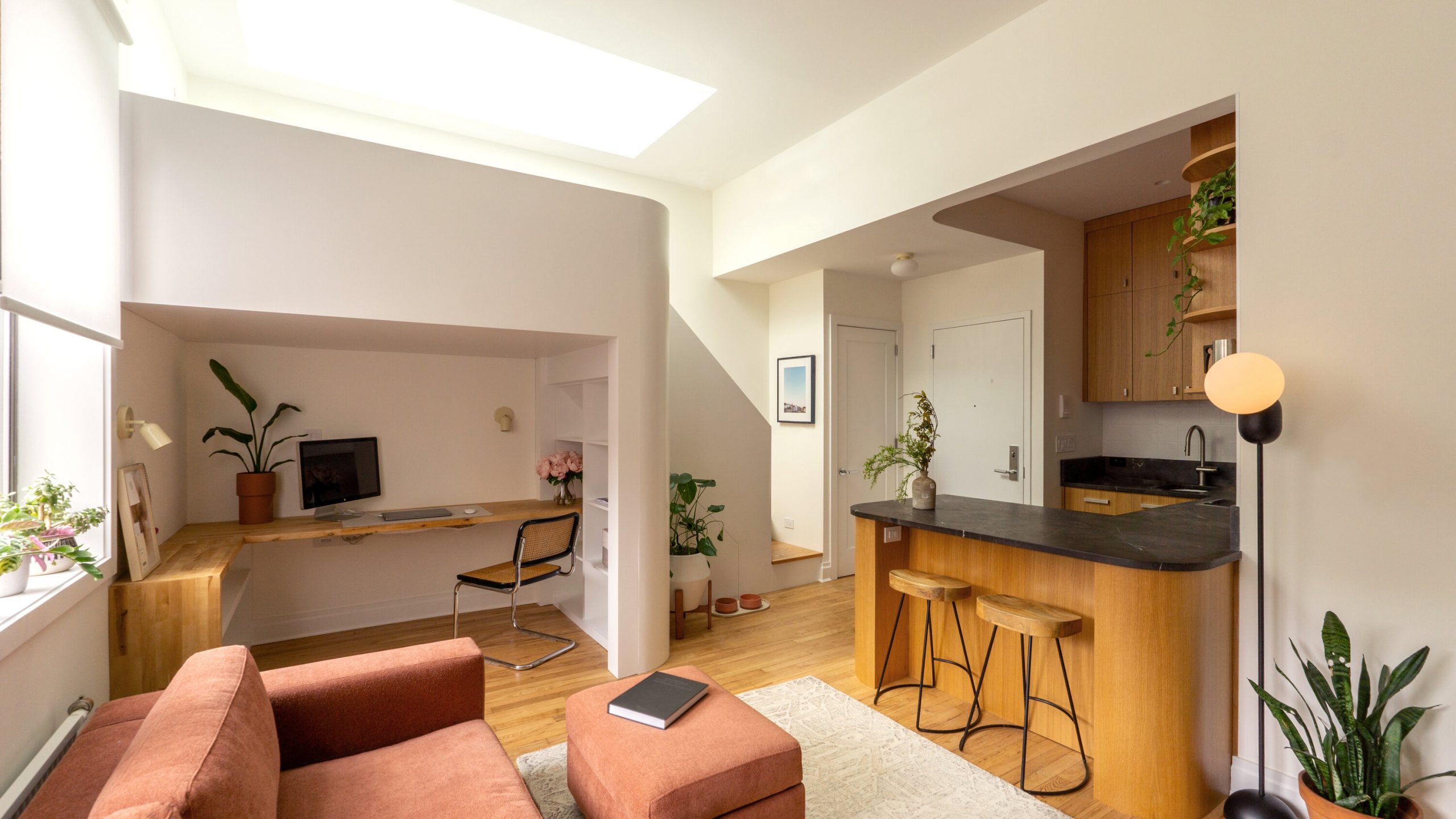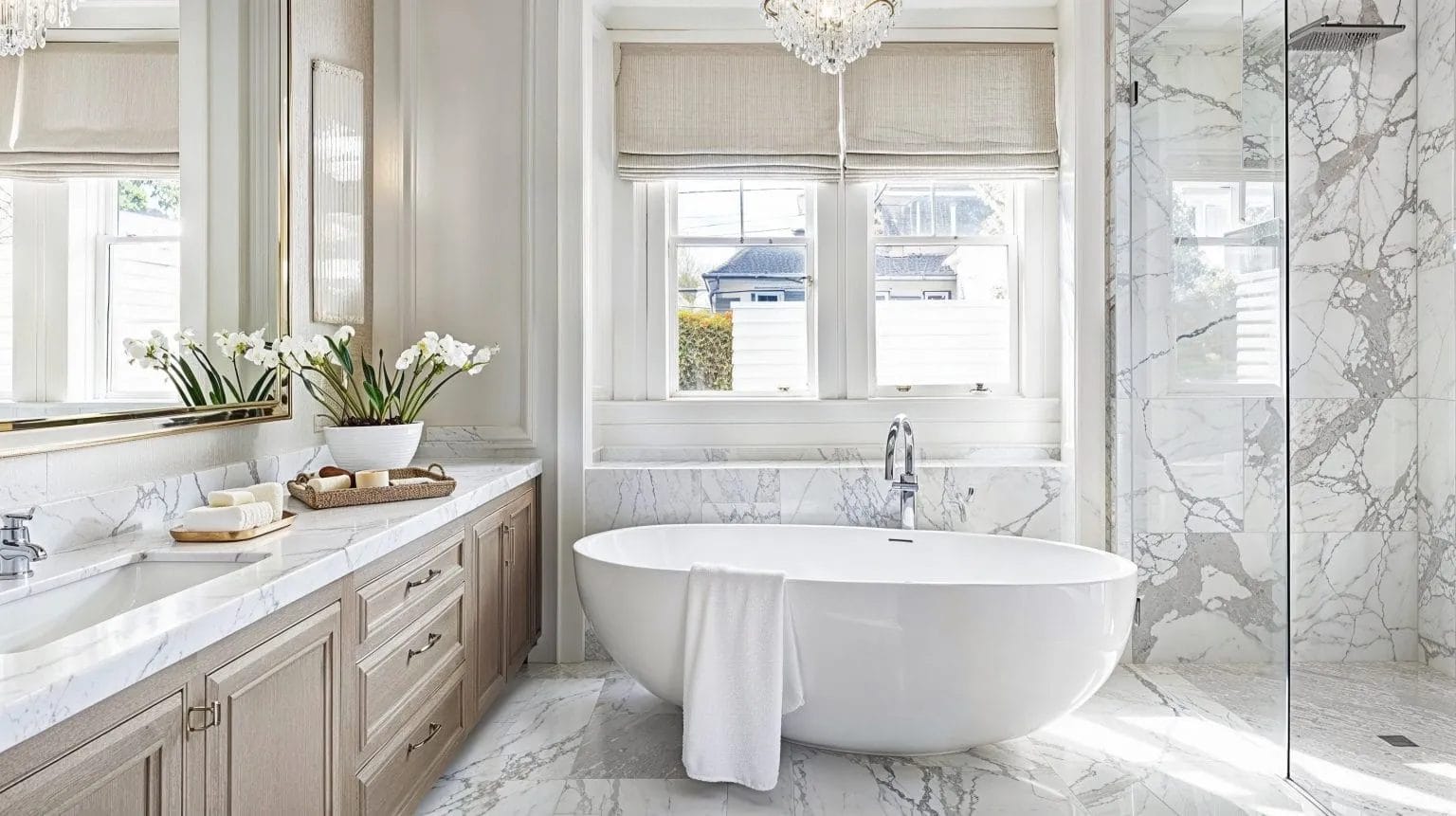Let’s be honest—2025 isn’t just about sleek tech or minimalist decor. It’s about homes that work with the planet, not against it. From solar roofs that practically pay for themselves to rainwater systems that turn your garden into a self-sufficient oasis, eco-friendly living is no longer a niche trend. It’s the future. Here’s what’s catching fire this year.
1. Solar Roof Tiles (That Don’t Look Like Solar Panels)
Gone are the bulky, industrial solar panels of the past. In 2025, solar roof tiles are the MVP. They blend seamlessly with traditional roofing materials—slate, terracotta, even asphalt—while quietly converting sunlight into energy. Companies like Tesla and GAF Energy are leading the charge, offering tiles that are actually stylish. And with energy costs soaring? A no-brainer.
Why Homeowners Love Them:
- Aesthetic appeal: No more “ugly” panels disrupting your home’s vibe.
- Increased home value: Buyers pay premiums for energy-efficient homes.
- Lower bills: Some households slash energy costs by 60-70%.
2. Smart Water Recycling Systems
Water scarcity isn’t just a “somewhere else” problem. Enter greywater recycling systems, which reuse water from showers, sinks, and laundry for irrigation or toilet flushing. Modern systems are compact, odor-free, and—here’s the kicker—smart. They sync with apps to track usage and even predict seasonal needs based on weather forecasts.
Take Hydraloop, for example. Their residential units fit under a staircase or in a basement, recycling up to 85% of household water. For drought-prone areas? Game-changing.
3. Passive House Design (No Furnace Needed)
Imagine a home so well-insulated it barely needs heating or cooling. That’s passive house design. In 2025, these ultra-efficient builds are exploding in popularity, thanks to skyrocketing energy prices. Triple-pane windows, airtight seals, and strategic ventilation keep temperatures stable year-round—no HVAC system required.
Sure, upfront costs are higher. But with 90% less energy use than standard homes? The math works out fast.
Key Features of Passive Homes:
- Super-insulation: Walls thicker than a polar bear’s fur.
- Heat recovery ventilators: Swap stale air for fresh without losing warmth.
- South-facing windows: Maximize winter sunlight (in the Northern Hemisphere).
4. Biophilic Design: Bringing the Outdoors In
This isn’t just about houseplants—though, sure, those help. Biophilic design weaves nature into a home’s very structure: living walls, reclaimed wood beams, skylights that flood rooms with circadian-rhythm-friendly light. In 2025, expect to see more moss-covered bathroom tiles and floors made from mycelium (yep, mushroom roots).
Why the hype? Studies show biophilic spaces reduce stress, boost creativity, and—bonus—improve air quality. It’s wellness meets sustainability.
5. Energy-Efficient Appliances (That Learn Your Habits)
Old-school Energy Star labels were just the start. The latest smart appliances—fridges, washers, even water heaters—use AI to optimize efficiency. A heat-pump dryer, for instance, can cut energy use by 60% compared to conventional models. And Wi-Fi-enabled thermostats? They’ll learn your schedule and adjust temps before you even think to.
Here’s the trend: appliances aren’t just “green.” They’re intuitively green.
6. Recycled and Low-Carbon Building Materials
Concrete accounts for 8% of global CO2 emissions. Ouch. In 2025, builders are swapping it for alternatives like:
- Hempcrete: Lightweight, insulating, and carbon-negative.
- Ferrock: Made from steel dust (a waste product) and absorbs CO2 as it hardens.
- Recycled plastic lumber: Perfect for decks and fences—no rotting or splinters.
Even countertops are getting a makeover, with brands like PaperStone crafting surfaces from recycled paper and resin.
7. Tiny Homes and Modular ADUs
Smaller footprint, smaller bills. Accessory dwelling units (ADUs)—think backyard cottages or garage conversions—are surging as housing costs spiral. Prefab modular designs slash construction waste, and many now come with built-in solar or composting toilets. For millennials and retirees alike, it’s a way to live large without the literal footprint.
And tiny homes? They’ve evolved beyond rustic cabins. 2025 models feature fold-out decks, rooftop gardens, and space-saving tech that would make Marie Kondo proud.
Final Thoughts: The Home as a Living System
Sustainability in 2025 isn’t about sacrifice. It’s about homes that give back—to the environment, to your wallet, to your well-being. Whether it’s a solar tile roof or a mycelium floor, the message is clear: the future of housing isn’t just smart. It’s alive.




